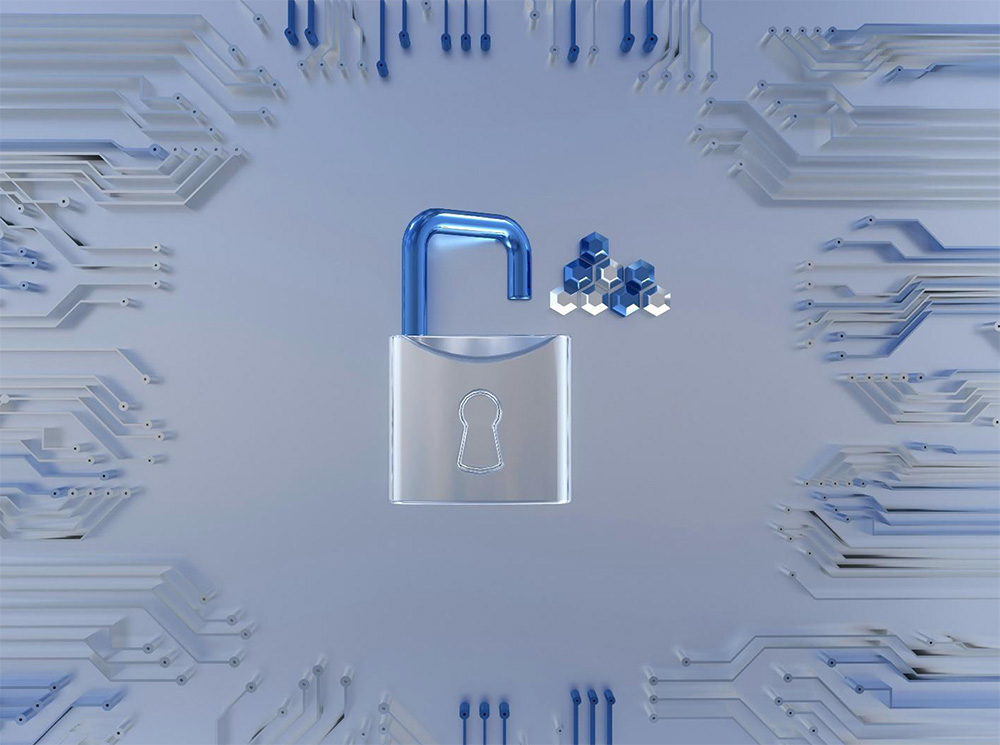Despite a move back to the office for large corporations, as a concept, remote work is here to stay as a concept, bringing new security challenges. Decentralized teams rely on cloud platforms, personal devices, and external networks, increasing their exposure to cyber threats. Without proper safeguards, sensitive data and workflows remain vulnerable. Effective cybersecurity strategies help businesses protect remote teams and ensure safe operations.
The Rise of Remote Work
Over the past few years, the shift toward remote work has transformed team operations, creating opportunities and security challenges. Businesses embracing flexibility must address new risks in decentralized environments. A decentralized workforce consists of employees working from various locations rather than a central office. These teams rely on virtual communication, cloud-based tools, and personal devices, often blending workstations with personal environments.
This distributed model offers broader talent access and reduced office costs. Still, it also introduces security risks, as IT departments can no longer control a single, secure network. Instead, they must secure multiple devices, networks, and software systems. Traditional cybersecurity measures no longer suffice, requiring new strategies to protect data and systems across dispersed connections.
Impact of Remote Work on Cybersecurity
“Remote work expands the entry points for cyberattacks, says Joseph Heimann, a business professional with experience in cybersecurity. In centralized offices, teams operate behind firewalls with controlled server access. In remote settings, work extends beyond corporate networks, exposing employees to risks such as unsecured Wi-Fi, personal device vulnerabilities, and increased phishing attempts.
Employees often connect via personal or public networks, which may not meet enterprise security standards. Public Wi-Fi in coffee shops or coworking spaces presents additional risks. Personal devices further complicate security, as they may lack essential updates or security software. This decentralization makes detecting and containing cyber threats more difficult.
For IT teams, these challenges demand proactive solutions. Deploying remote monitoring tools, enforcing strict device policies, and educating employees on security best practices are essential to reducing risks. Without these measures, businesses remain vulnerable to disruptions and data breaches.
Identifying Common Cybersecurity Threats in Remote Work
Phishing is one of the most significant threats to remote workers. Cybercriminals craft deceptive emails or messages to trick employees into divulging sensitive information, such as login credentials.
Notes Heimann, “These attacks often mimic legitimate communication, making them difficult to detect.”
Remote employees are particularly vulnerable due to heavy reliance on digital communication. A lapse in judgment can result in a successful phishing attempt, compromising company data. Businesses must educate employees to recognize red flags such as unexpected attachments, generic greetings, or urgent language. Regular training helps reduce human error and strengthen defenses.
Home and public Wi-Fi networks present security risks. Public Wi-Fi lacks encryption, allowing hackers to intercept transmitted data. Even home networks can be vulnerable if users fail to update router settings or use weak passwords.
Businesses should encourage employees to use virtual private networks (VPNs) to encrypt data. Strong router passwords and firmware updates further enhance security. By securing connections, companies minimize risks associated with remote work environments.
Using personal devices for work reduces IT control over security. Unlike corporate-issued hardware, personal devices may lack antivirus programs, endpoint protection, and timely updates. These gaps make them prime targets for cyberattacks.
Blending work and personal use increases exposure to risks such as untrusted apps or unsecured websites. Implementing device encryption, enforcing multi-factor authentication (MFA), and establishing clear security policies help mitigate these vulnerabilities.
Best Practices for Securing Software in Remote Work
Implementing Multi-Factor Authentication (MFA)
Multi-factor authentication (MFA) enhances security by requiring multiple verification steps beyond passwords, such as a mobile app prompt or biometric scan. This extra layer reduces unauthorized access risks. Even if passwords are compromised, attackers cannot bypass additional verification.
MFA should be mandatory for accessing email, company tools, and sensitive applications. Combined with strong password policies, it significantly strengthens cybersecurity for remote teams.
VPNs create secure tunnels for data transmission, protecting information from interception. They encrypt data, preventing cybercriminals from accessing sensitive details. Businesses should provide employees with corporate VPN access and enforce its usage when working remotely.
For maximum protection, IT teams must ensure VPN services are secure and up to date. Employees should understand the importance of VPNs in safeguarding company information.
Outdated software creates vulnerabilities that hackers exploit. Regular updates and patches close security gaps and enhance system defenses. Remote teams using various devices and applications require consistent update management.
Enabling automatic updates ensures timely security enhancements. IT teams should track software releases and ensure prompt distribution. Proactively addressing vulnerabilities reduces cybersecurity risks for decentralized teams.
Laptops, tablets, and smartphones serve as primary access points for remote work. These endpoints require strong security measures, including antivirus software, firewalls, and encryption tools. Endpoint Detection and Response (EDR) solutions provide real-time threat monitoring.
Employees should implement security features such as device encryption and screen lock timers. IT teams can introduce automatic scanning tools to detect and neutralize potential threats. By securing endpoints, companies strengthen overall cybersecurity and reduce exposure to cyberattacks.
Creating a Cybersecurity-Aware Culture
“A cybersecurity-aware culture is essential for protecting remote teams, and employees play a crucial role in maintaining security, requiring continuous education, enforced security measures, and routine evaluations,” says Joseph Heimann.
Human error contributes to many security breaches. Training employees on phishing, malware, and ransomware threats improves awareness and response strategies. Employees should learn to identify suspicious emails, avoid sharing passwords, and handle company data securely.
Interactive training methods, such as phishing simulations and quizzes, reinforce learning. Regular sessions and security updates help employees stay informed about evolving threats. Embedding cybersecurity into onboarding processes ensures new hires adopt secure practices from day one.
Weak passwords pose significant risks. Organizations must implement strong password policies, requiring complex combinations of letters, numbers, and symbols. Employees should avoid reusing passwords across platforms.
Password managers simplify security by generating and storing secure credentials. Companies should encourage their use and require periodic password updates. Additional measures like account lockouts after multiple failed login attempts further enhance security.
Routine security audits identify vulnerabilities in remote work environments. Evaluations ensure security measures remain effective and up to date. Without periodic assessments, minor weaknesses can escalate into significant threats.
Audits should review cloud services, device usage, network security, and software compliance. External cybersecurity experts can provide insights through penetration testing, mimicking cyberattacks to uncover potential breaches. Scheduled audits maintain robust defenses and minimize risks.
Securing remote work requires a combination of technology, policies, and employee awareness. Organizations must prioritize cybersecurity by implementing strong authentication, securing software, and fostering a culture of vigilance. The future of cybersecurity lies in continuous adaptation to emerging threats.
Advances in artificial intelligence and machine learning will enhance threat detection and response capabilities. Businesses that embrace proactive security measures will be better positioned to protect decentralized teams in an evolving digital landscape. By remaining vigilant and investing in innovative security solutions, companies can sustain remote work environments without compromising data integrity and operational stability.






